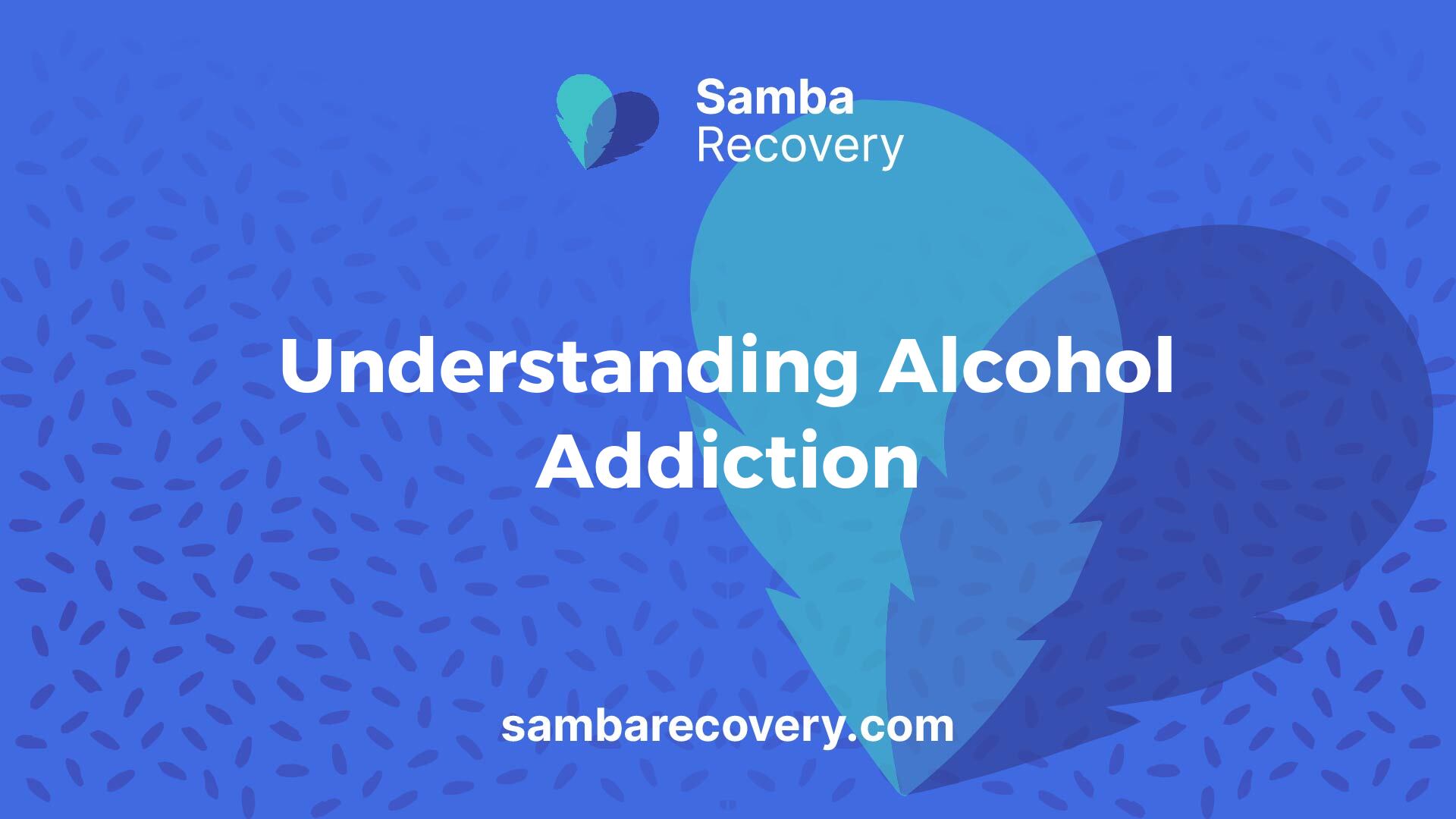
Understanding Alcohol Addiction
Concurrent Drinking and Smoking Habits
Smoking alcohol is a new trend with college students, closely associated with patterns of concurrent drinking and smoking. A study indicates that 98% of college student smokers also consume alcohol. These individuals tend to drink significantly more per occasion and have more alcohol-related issues compared to their non-smoking counterparts [1].
College students who engage in both activities often drink more while smoking, averaging three times as many cigarettes during drinking events. Social settings, such as parties or bars, enhance the likelihood of this combined behavior, making it a concerning trend within this demographic.
BehaviorAverage AmountCigarettes smoked during drinking episodes3x moreCollege student smokers who also drink alcohol98%
Impact on College Students
The intertwining of drinking and smoking among college students exacerbates the risks associated with both substances. Research shows a significant relationship between alcohol and tobacco use, with their consumptions being interconnected. Even when accounting for various factors—such as time of day, location, and individual health characteristics—these associations persist [2].
Laboratory evidence suggests that consuming alcohol can trigger tobacco use, as users experience enhanced reward sensations from both substances when used together. This co-use provides immediate gratification and potentially serves as a coping mechanism for managing feelings of distress.
College students must be aware of the dangers inherent in this lifestyle, especially given the potential for developing both alcohol and tobacco addictions. For parental guidance on early conversations about alcohol, see our article on start talking to your kids about alcohol early.
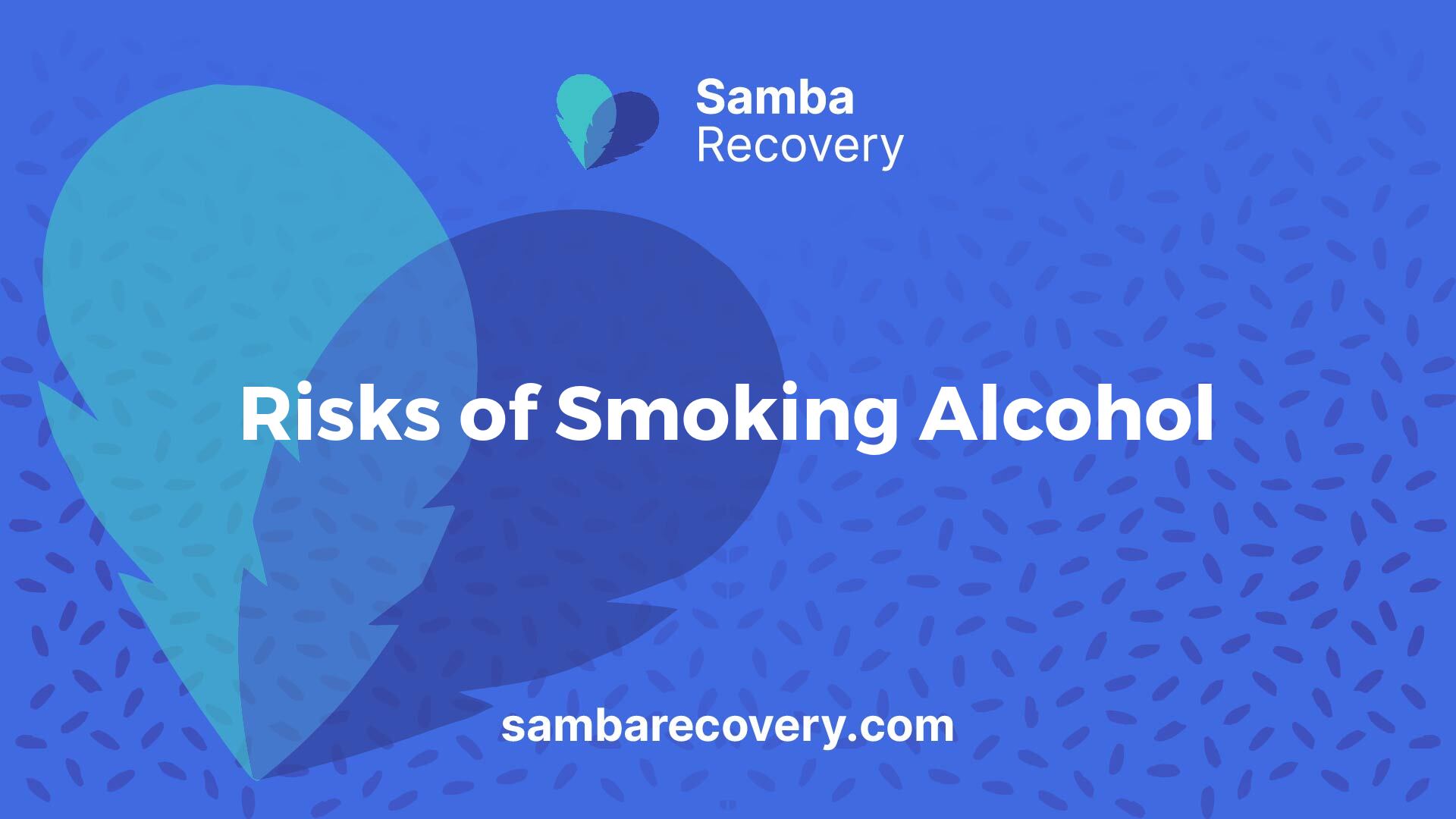
Risks of Smoking Alcohol
As the trend of smoking alcohol becomes more prevalent, particularly among college students, understanding the associated risks is crucial. This section examines the immediate effects of vaping alcohol and the health risks tied to inhaling alcohol vapors.
Immediate Effects of Vaping Alcohol
Vaping or “smoking” alcohol involves heating alcohol or pouring it over dry ice and inhaling the resulting vapors. This method bypasses the digestive system, leading to immediate and intense effects of alcohol. Users often report a rapid onset of intoxication, which can mislead them regarding their actual blood alcohol content Healthline.
Inhaling alcohol vapor allows it to directly enter the bloodstream and reach the brain more quickly than traditional drinking methods, significantly increasing the potency of the alcohol effect since it is not metabolized by the liver first Forbes. Individuals partaking in this practice may experience dizziness, impaired coordination, and impaired judgment shortly after inhaling.
Immediate EffectsDescriptionEuphoriaA quick feeling of being drunkDizzinessLightheadedness or loss of balanceImpaired JudgmentPoor decision-making abilitiesNauseaPossible discomfort or sicknessBlurred VisionDifficulty seeing clearly
Health Risks of Inhaling Alcohol Vapors
Inhaling alcohol vapors poses several health risks beyond immediate intoxication. The act of smoking, in any form, can lead to serious health conditions, including lung diseases and cancers Mount Elizabeth.
Moreover, excessive alcohol consumption is linked to a range of severe health issues, such as high blood pressure, liver cirrhosis, pancreatitis, and various psychological conditions Mount Elizabeth. Smoking alcohol can amplify these risks due to the rapid absorption of alcohol into the body, further increasing the likelihood of addiction and dependence.
Health RisksDescriptionRespiratory IssuesLung cancer and chronic obstructive pulmonary diseaseCardiovascular ProblemsIncreased risk of heart attack and strokeLiver DamageLiver cirrhosis and liver cancerAddiction PotentialHigher risk of developing alcohol dependence
Given these risks, it is critical for college students and the general public to be aware of the dangers associated with smoking alcohol as a new trend. Education and preventive measures can play an important role in addressing this growing concern.
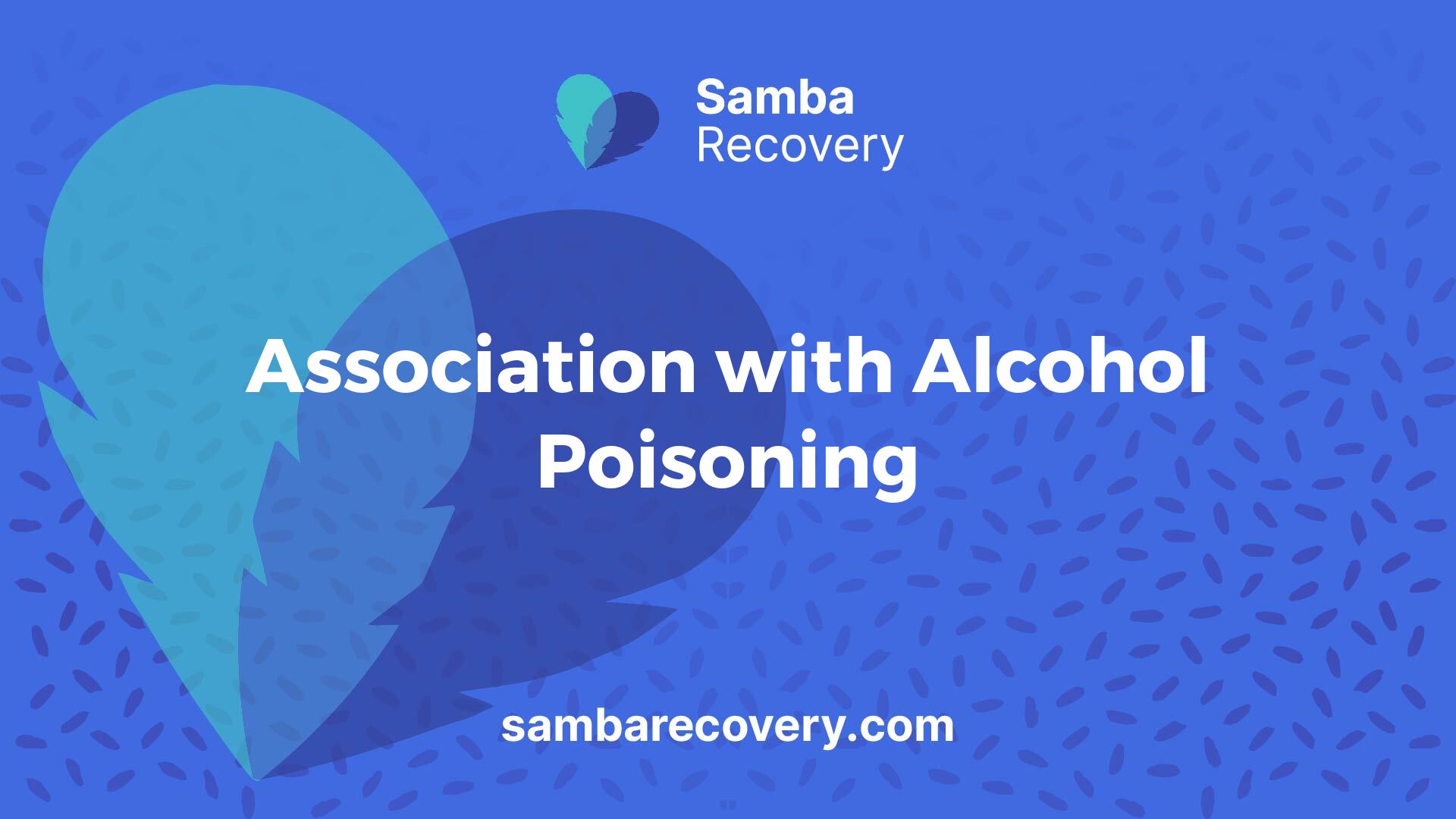
Association with Alcohol Poisoning
Increased Risk of Alcohol Poisoning
The trend of smoking alcohol presents significant dangers, most notably the increased risk of alcohol poisoning. Vaping alcohol enables rapid absorption into the bloodstream via the lungs, bypassing the digestive system and the body’s typical protective mechanisms. This results in a quicker onset of intoxication and offers a hazardous potential for overdose [3].
Individuals who engage in this practice often consume large amounts of alcohol in a short timeframe, which mirrors the patterns observed in binge drinking. As a consequence, the risks associated with alcohol poisoning become parallel to those seen in traditional binge drinking scenarios. Symptoms of this serious condition can be lethal, necessitating immediate medical intervention when observed.
Risk FactorDescriptionRapid AbsorptionInhaling alcohol allows rapid entry into the bloodstream.Bypassing Protective MechanismsAvoids natural body defenses against excessive alcohol intake.Increased ConsumptionLikely to consume larger amounts quickly, heightening overdose risk.
Binge Drinking and Overdose Concerns
The practice of smoking alcohol is closely associated with binge drinking behaviors. It promotes a form of consumption where individuals often lose track of the amount ingested, leading to severe impairments and heightened likelihood of overdose. Inhaling alcohol vapors removes the body’s natural ability to vomit as a response to excessive intake, increasing the danger of alcohol poisoning significantly [4].
When alcohol is inhaled, it is delivered directly to the brain and bloodstream, intensifying intoxication and elevating the risk factors associated with drinking. This alarming trend underscores the necessity for education on the risks of smoking alcohol and the potential for severe health consequences, including the need for support and strategies for prevention on college campuses.
In summary, the concerns around alcohol poisoning related to smoking alcohol necessitate recognition of the accompanying risks tied to this new trend. Awareness and education are essential tools for addressing these behaviors, particularly among college students who may be tempted to partake. For related insights into substance use, consider reading about the importance of education and support for substance use.
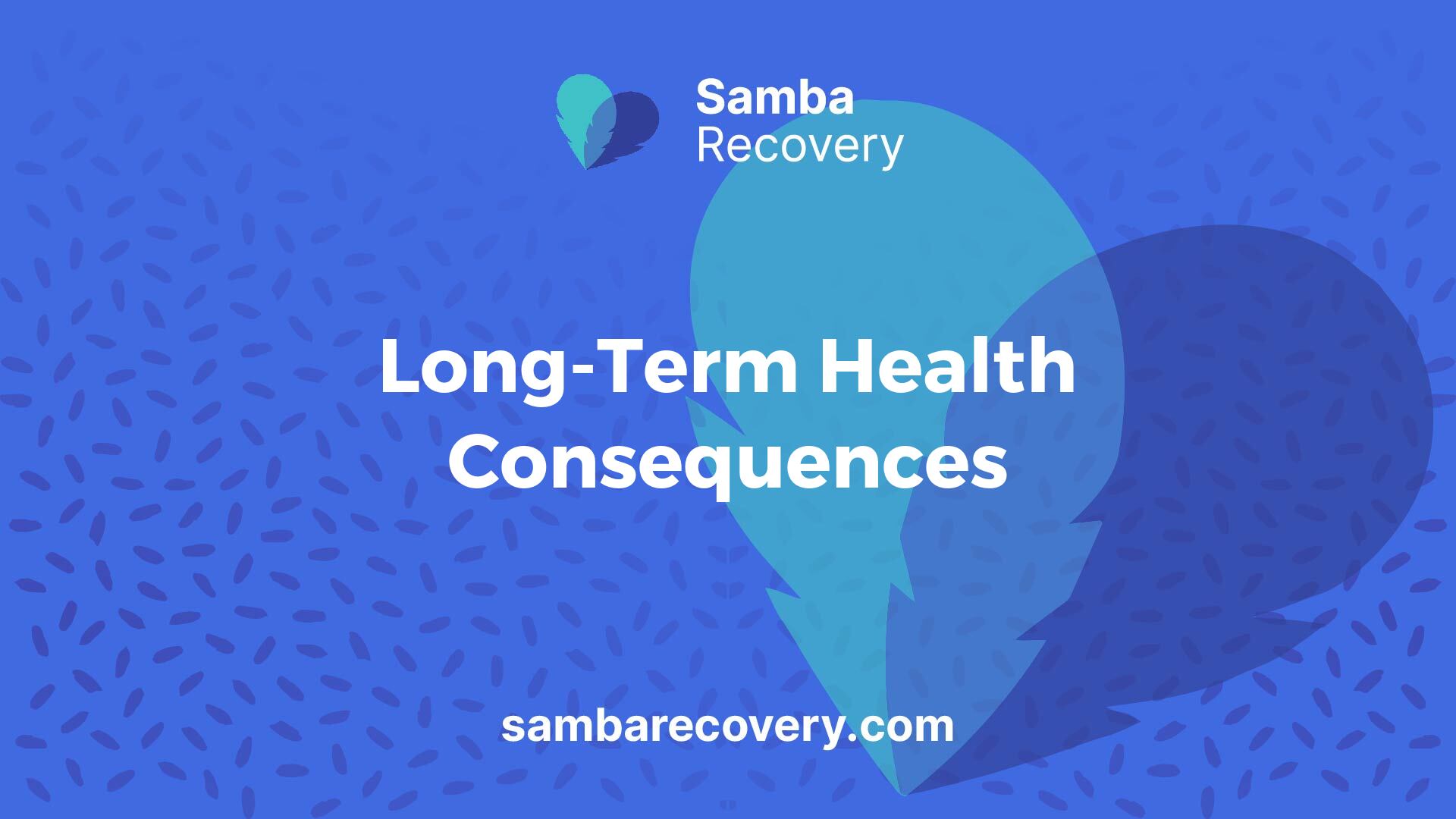
Long-Term Health Consequences
When discussing the health effects of the new trend where smoking alcohol is a common behavior among college students, it is crucial to explore the long-term consequences that this practice may entail, particularly regarding respiratory issues and the potential for chronic alcohol abuse.
Respiratory Issues from Inhaling Alcohol
Inhaling heated alcohol vapors can cause significant harm to lung health. This practice can irritate and potentially damage the lungs, leading to long-term respiratory problems and a heightened risk of lung infections. While comprehensive studies are limited, existing research indicates that vaping alcohol poses serious risks to pulmonary health [5].
Potential Respiratory IssuesDescriptionLung IrritationInhalation of alcohol vapors can irritate lung tissue.Damage to Lung FunctionLong-term exposure may lead to decreased lung capacity and function.Increased Infection RiskDamaged lungs are more susceptible to infections.
Potential for Chronic Alcohol Abuse
The method of heavily inhaling alcohol causes rapid absorption of alcohol into the bloodstream and brain, which can lead to harmful changes in brain function. This situation is particularly concerning for college students, as their brains are not fully developed, increasing their risk of alcohol addiction [5].
Excessive consumption of alcohol over time can result in numerous severe health conditions such as high blood pressure, liver cirrhosis, liver cancer, and pancreatitis. It can also lead to psychological conditions and impairments in memory. Notably, heavy drinking is defined as consuming 7 or more drinks per week for women and 15 or more for men, which correlates highly with serious health consequences [6].
Health Risks Associated with Chronic Alcohol AbuseDescriptionLiver DiseaseConditions such as cirrhosis and liver cancer arise from prolonged heavy drinking.Cardiovascular ProblemsIncreased risk of high blood pressure and heart issues.Cognitive ImpairmentSevere memory impairment and potential brain damage.Dependence and AddictionIncreased likelihood of developing alcohol dependence or addiction.
Addressing the long-term ramifications of smoking alcohol is essential to understanding its dangers and promoting healthier habits among college students. Awareness of these risks can contribute to better prevention strategies and discussions about alcohol use, leading to more informed choices within this demographic.
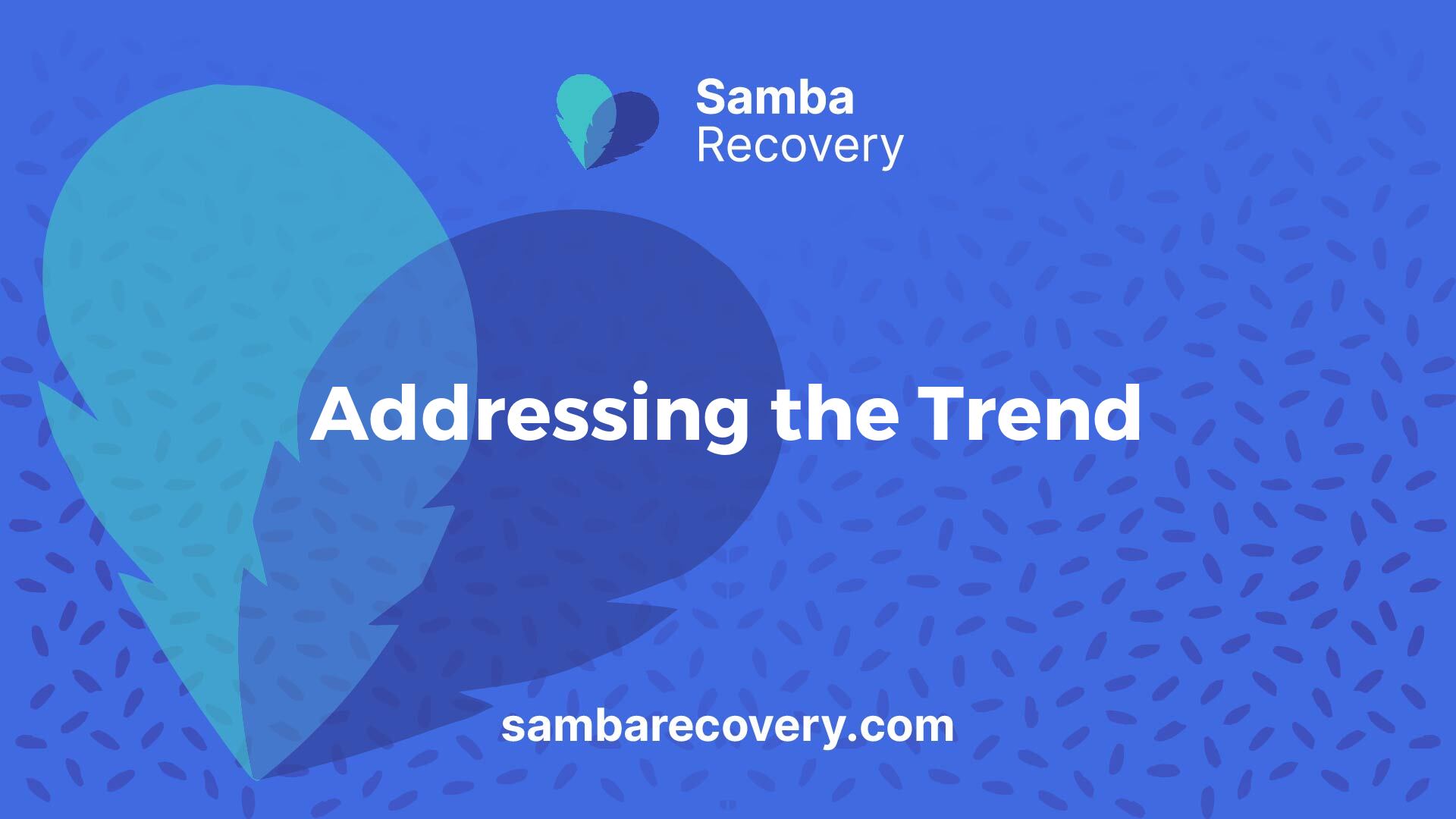
Addressing the Trend
The trend of smoking alcohol among college students has raised significant concern among healthcare providers and educators. To effectively combat this growing issue, it is essential to implement comprehensive prevention strategies on college campuses and provide robust education and support for substance use.
Prevention Strategies on College Campuses
Implementing prevention strategies on college campuses is vital in addressing the alarming rise of smoking alcohol among students. Institutions can take the following measures:
Education and Support for Substance Use
Education plays a critical role in combating the trend of smoking alcohol. Educational programs should include:
By implementing these strategies, colleges can work toward diminishing the trend of smoking alcohol, equipping students with the knowledge and resources to make informed decisions. Addressing substance use early on can prevent a range of long-term health consequences and lead to healthier campus environments. For further information on addressing substance use, explore our resources on legalizing alcohol on native american reservation to fund treatment & prevention and taxing cigarettes more helps reduce alcohol consumption.
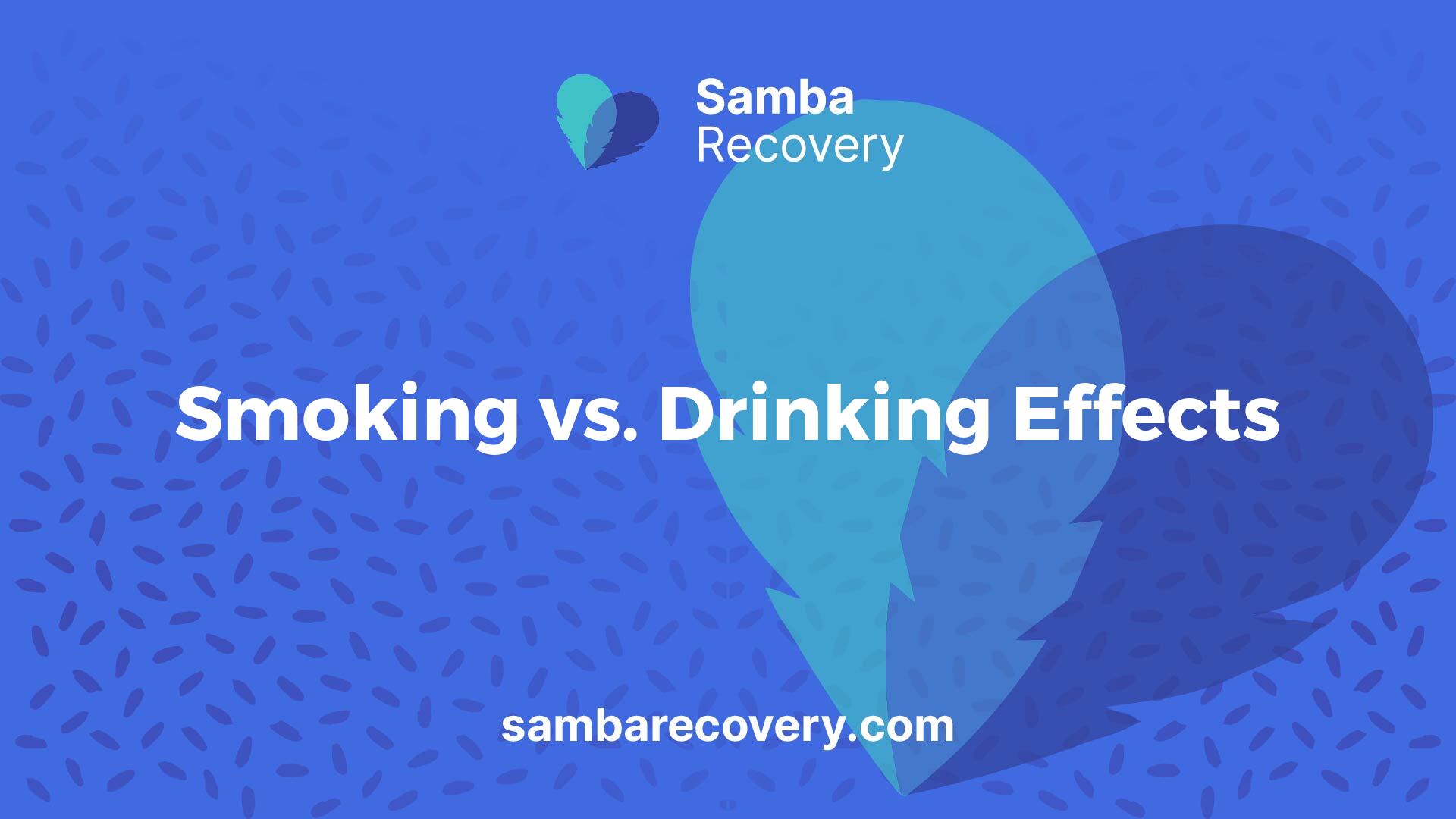
Smoking vs. Drinking Effects
Understanding the relationship between smoking and alcohol consumption sheds light on the behaviors seen among college students today. As smoking alcohol is a new trend with college students, insight into these habits is crucial for managing potential risks.
Smoking and Alcohol Use Association
Alcohol and tobacco use are significantly correlated, as numerous studies indicate a strong association between smoking and drinking. Research shows that smoking and alcohol consumption often occur together, with patterns that persist across various settings and individual characteristics, such as BMI and tobacco dependence scores [2].
The co-administration of alcohol and tobacco yields distinct subjective effects, enhancing the rewarding properties of each substance. For instance, participants in studies reported that drinking alcohol could increase the pleasure derived from smoking, while smoking seemed to amplify the enjoyment of alcohol consumption. This bi-directional influence creates a concerning cycle that can exacerbate addiction and increase health risks.
BehaviorEffect on SmokingEffect on DrinkingDrinking AlcoholIncreased pleasure from smokingIncreased pleasure from drinkingSmoking TobaccoIntensified buzz and decreased punishment from last cigaretteSlight increase in pleasure from last drink
Effects on Brain Function and Craving
The interplay between smoking and drinking not only affects physical sensations but also impacts brain function and craving. Both smoking and drinking together can lead to heightened feelings of buzz and dizziness, which reflects their synergistic effects on intoxication symptoms [2].
Craving often escalates after the consumption of either substance, with evidence suggesting that co-use significantly increases the desire for both alcohol and tobacco. Specifically, cigarette smoking has been associated with a heightened craving to drink, illustrating the interconnected nature of these behaviors:
SubstanceCraving IncreaseAlcoholHigher levels of craving after consumptionTobaccoSmall increase in craving to drink following use
The combination of these substances provides not only temporary relief from dysphoria but also creates a cycle of dependence that can be difficult to break. Addressing the risks associated with smoking alcohol and both substances may help promote better health choices among college students. For further insights into addiction, consider reading about is your teen an alcoholic? and 10 ideas to help you give up alcohol.
References
[2]:
[3]:
[4]:
[5]:
[6]:






